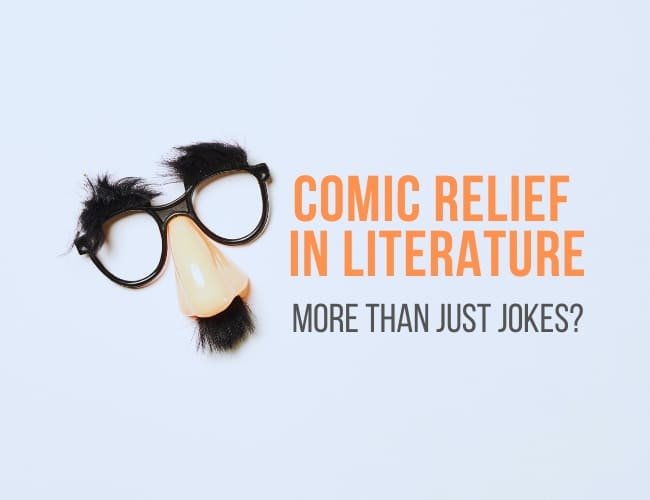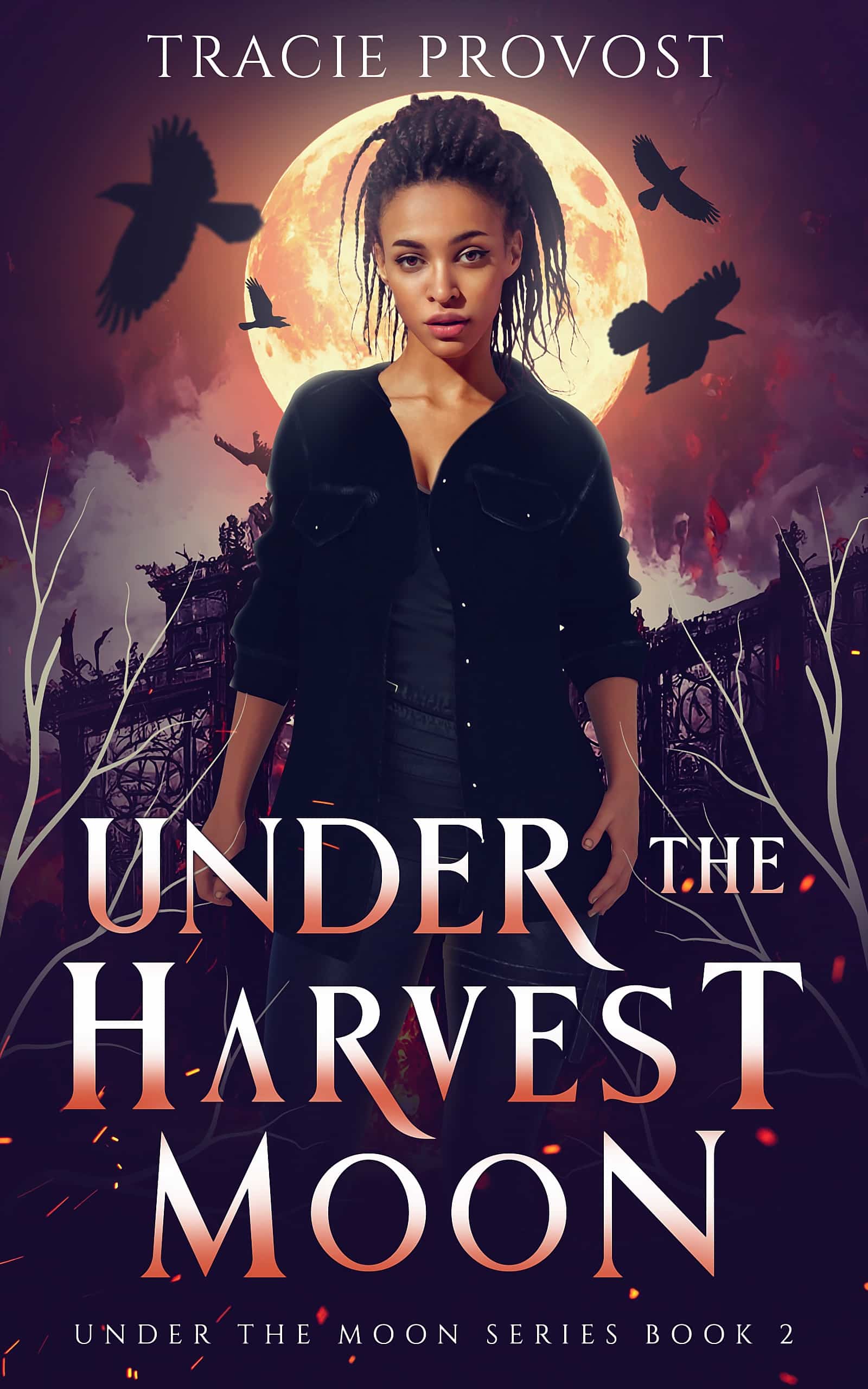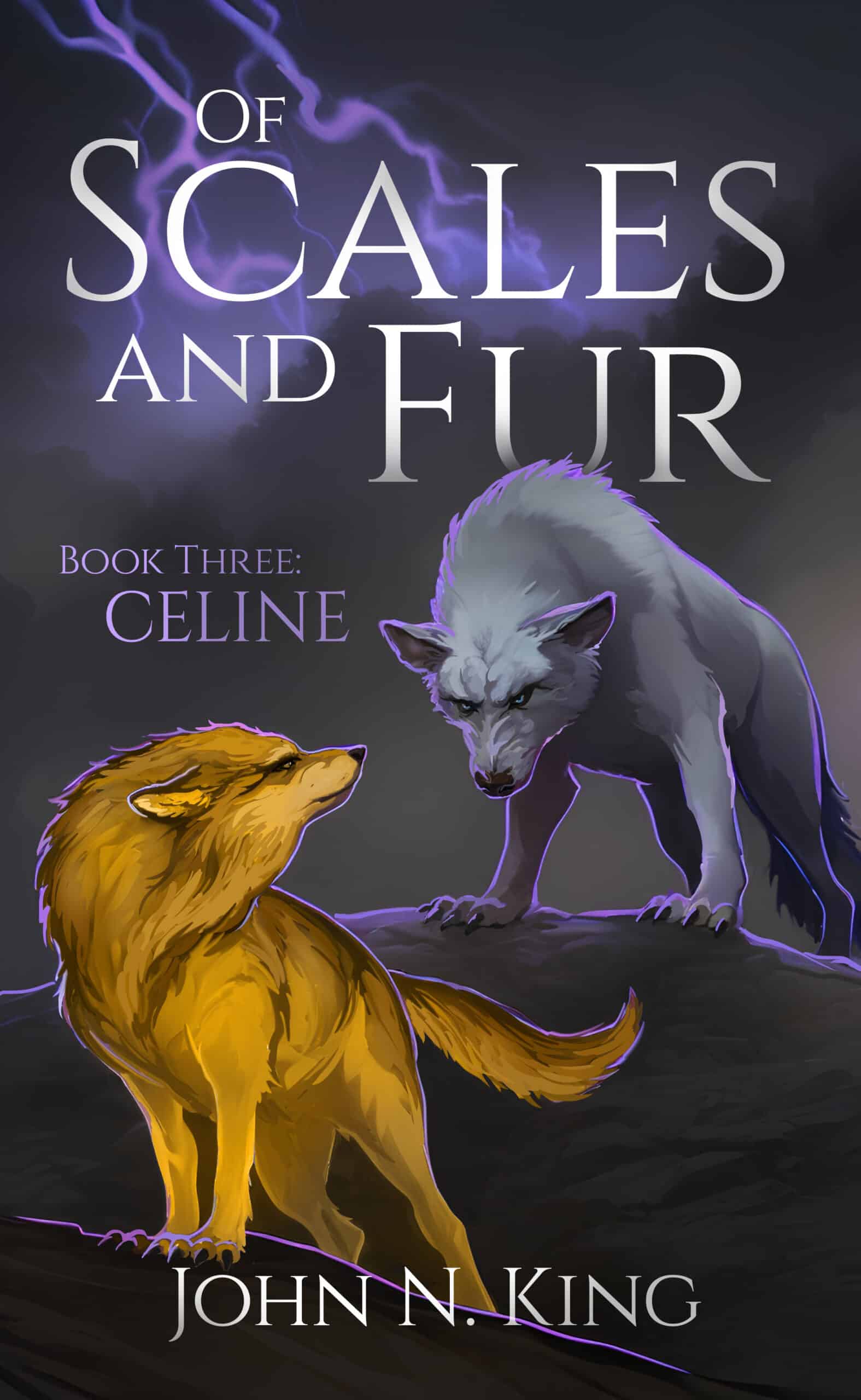If you've ever been reading an intense scene or dramatic moment when a character comes in with some witty barb or action that makes you laugh? You've experienced comic relief in literature. What is comic relief and how does it work? Let's take a look.

In Romeo and Juliet, Act 3, Scene 1, Romeo tries to stop Mercutio and Tybalt from dueling, which has been expressly forbidden by the Prince. His intervention leads to Tybalt's killing Mercutio. Of course, since
this is Shakespeare, Mercutio doesn't die immediately but gets to say some words. When Romeo maintains Mercutio's wound is not deep, the latter responds,
No, ’tis not so deep as a well, nor so wide as a church door, but ’tis enough. ’Twill serve. Ask for me tomorrow, and you shall find me a grave man. I am peppered,
The man is dying, and he makes puns.
Welcome to comic relief.
What is comic relief in literature?
Comic relief is a straightforward term: relief from tension through comedy. Three elements are necessary for comic relief: tragedy (or at least tension), comedy (or humor), and release of tension. If a story, book, or play is totally funny, it isn't comic relief; it's just comedy.
Sometimes comic relief comes in the form of witty dialogue, sometimes in a humorous character. Other times, it's just a moment of humor caused by the absurd situation. It can be anything that creates a break from tension.
What are the origins of comic relief?
Ancient Greek theater had three principal genres, a far cry from the proliferation of genres in writing today. The first genre was tragedy, which deals with serious, weighty themes and actions that evoke fear or pity. Tragedy in ancient Greece was no laughing matter. The ancient Greeks believed there was no room for comedy in a tragedy.
Comedy was the second genre, and it provided humorous episodes, poking fun through a representation of some error or ugliness that did not produce disaster or pain. Aristotle used the comedic mask, a distorted and ugly face without pain, as an example.
The third genre was the Satyr play, which, as the name implies, had satyrs in it. They served as the chorus. Satyr plays combined comedy and tragedy, but the comedy was not just a release from the tension of the tragedy, so it wasn't comic relief.
Comic relief originates during the Elizabethan period. Playwrights, most notably William Shakespeare, sprinkled their tragedies with humorous moments to provide the audience with a respite from tension caused by murder, intrigue, war, and other disasters.
Over time, comic relief became a staple not only in the theater but in novels, poetry, and other literature. In the twentieth century, comic relief became a standard element of film as well.
What are some types of comic relief?
Comic relief can be categorized in multiple ways. The most basic is internal vs. external.
For internal comic relief, the characters in the play, novel, or other work know that this is a moment of comic relief. In Harry Potter, Fred and George Weasley are deliberately funny.
Benjamin Franklin, a notoriously witty man, once remarked of the Founding Fathers that, “we must, indeed, all hang together, or most assuredly we shall all hang separately.” A deliberate pun in a tense situation.
External relief, however, doesn't let the characters in on the joke. The audience laughs at them, not with them.
Inigo Montoya in The Princess Bride provides external comic relief with his repeated line, “My name is Inigo Montoya. You killed my father. Prepare to die.” He repeats it over and over, especially in his duel with Rügen.
In addition, you may find character-driven comic relief, situation-based comic relief, physical comic relief, dialogic comic relief, irony-based comic relief, and satirical or parodic comic relief.
What are some functions of comic relief?
As you would expect, the primary use of comic relief is to reduce tension, both in-story for the characters and real-world for the audience.
A second function is character development. Many works of literature have a comic relief character, and the humor sets them apart from everyone else. However, having the main character or a serious character have a moment of comic relief can show another side to them.
Perhaps the main character has a foible the proves humorous and appears in moments of stress to provide relief.
Comic relief can also advance the plot by precipitating an event or providing needed information.It can help with pacing as well so that the story doesn't get bogged down or monotonous.
Outside the story, it provides the audience (reader, listener, or viewer) with a shared experience that connects them to a character. Thus, comic relief eases the reader's fatigue or tension and makes both the character and the story more memorable.
What are some examples of comic relief in literature?
We've already seen a couple of examples: Mercutio's puns in Romeo and Juliet, Fred and George Weasley in the Harry Potter series, and Inigo Montoya's obsession in The Princess Bride.
Shakespeare is replete with comic relief of various types. Certain characters, such as the Porter in MacBeth, the Gravedigger in Hamlet, and the Nurse in Romeo and Juliet seem to exist almost solely for their comedic nature. These function as a fool character who consistently provides moments of humor or irony.
In The Lord of the Rings, Merry and Pippin provide comic relief in the early phases of the quest. Their mood darkens, however, through their experiences. In the films, Gimli son of Glóin takes on the task of providing comic relief.
Puddleglum, a marshwiggle with a pessimistic nature, gives the reader moments of comic relief in C.S. Lewis's The Silver Chair. In The Horse and His Boy, each of the main characters has his or her moments of comic relief.
Harper Lee gives the reader Dill's youthful naïveté and playful antics as comic relief in To Kill a Mockingbird, a novel that deals with racial injustice.
Mr. Bennet in Jane Austen's Pride and Prejudice possesses a dry wit and produces satiric commentary to give readers moments of release.
How to find comic relief in literature?
If you're trying to identify comic relief in literature, look for comedic elements or comic relief characters in tragic scenes or intense scenes to see how they provide a break from tension.
If you're trying to write a scene that includes comedic relief, be careful that you don't break the suspense entirely and that the release of tension actually provides the emotional response readers are looking for.
What are some of your favorite moments of comedic relief in books or film? Share in the comments.
PRACTICE
Now it's your turn. Set a timer for fifteen minutes.
Choose a favorite piece of dramatic literature and identify moments of comic relief. Do they come from one character, or do multiple characters take part in the release of tension?
Or write a serious short piece and include a moment of comic relief. Be aware that comic relief often involves exaggeration, effective timing, wit, and the unexpected. It may be personified in a single individual.
Share your practice in the Pro Practice Workshop, and leave feedback for a few other writers. Not a member? Join us.

Robert Harrell
Robert Harrell is a grammar nerd—and a language teacher, medieval re-creationist, musician, traveler, and theologian. His interests inform his stories and coaching. Published in German, Spanish, and French, with two English-language YA/NA series underway, Robert is pursuing The Write Practice Book Coach Certification to help other writers excel. Learn more at his website.



0 Comments